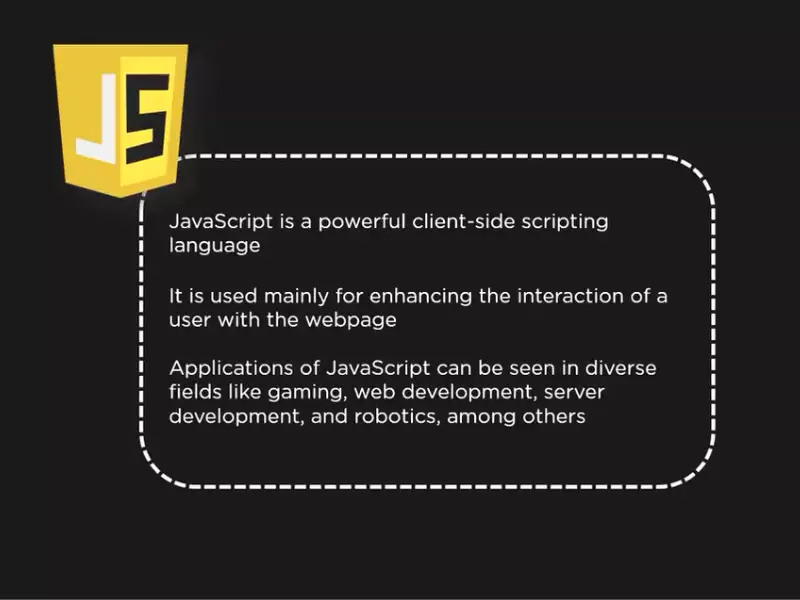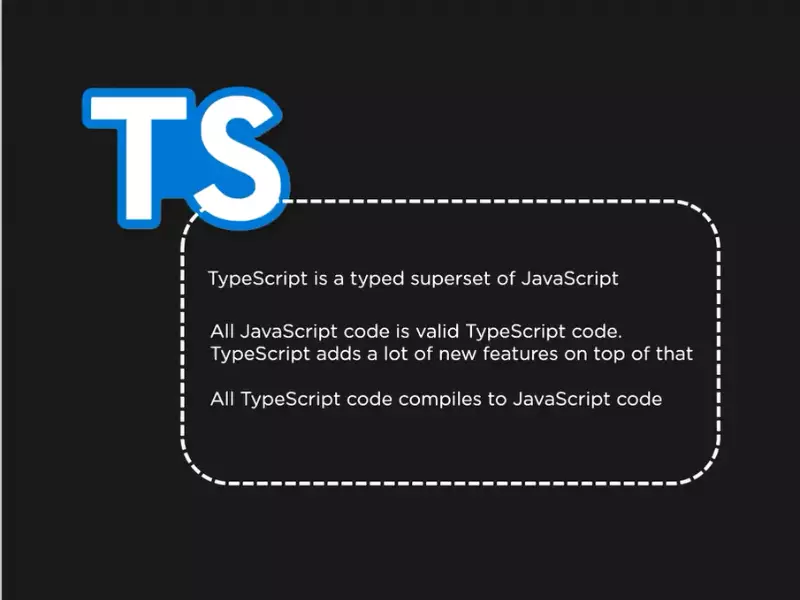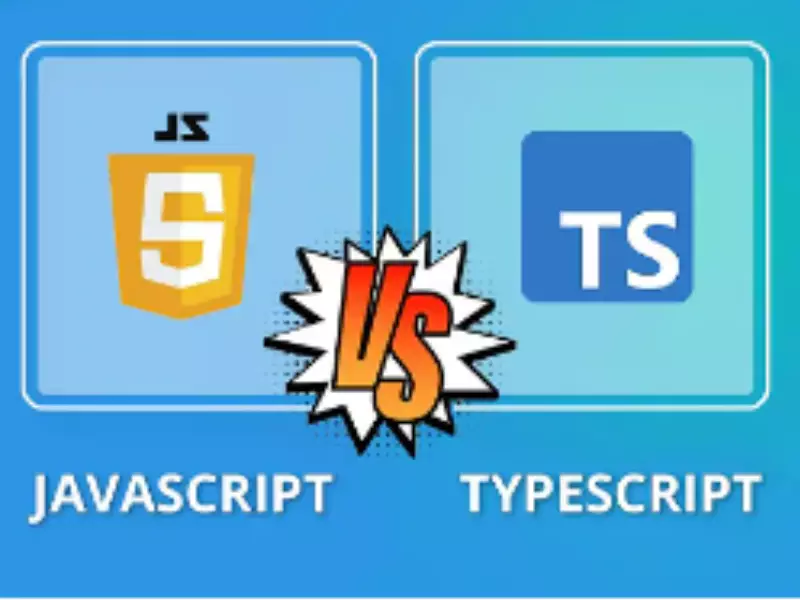JavaScript and TypeScript are both programming languages that are widely used in web development. While they share some similarities, there are also several key differences that set them apart. In this article, we will explore the difference between JavaScript and TypeScript in detail and examine the advantages and use cases of each language.
The Basics: JavaScript and TypeScript
JavaScript is a high-level, interpreted programming language that was initially designed for client-side web development. It is the language of the web and is supported by all major browsers. JavaScript allows developers to add interactive elements, perform actions, and manipulate web content dynamically.

On the other hand, TypeScript is a superset of JavaScript developed by Microsoft. It adds optional static typing and other features to JavaScript, making it a more powerful and scalable language for building large-scale applications. TypeScript compiles down to plain JavaScript code, which means it can run on any JavaScript runtime.
Static Typing vs Dynamic Typing
One of the main differences between JavaScript and TypeScript is their approach to typing. JavaScript is dynamically typed, which means that variables are not explicitly assigned a type. The type of a variable can change at runtime, making it flexible but also prone to type-related errors.
TypeScript, on the other hand, introduces static typing to JavaScript. With TypeScript, variables can be explicitly assigned a type, and the compiler checks for type errors at compile-time. This can help catch bugs early in the development process and improve code quality and maintainability.
Object-Oriented Programming
Both JavaScript and TypeScript support object-oriented programming (OOP) concepts. However, TypeScript provides a more robust implementation of OOP features compared to JavaScript.
In JavaScript, objects can be created using constructor functions or object literals. It supports prototypal inheritance, where objects can inherit properties and methods from other objects. However, JavaScript does not have built-in support for classes and interfaces, making it less ideal for large-scale object-oriented applications.
TypeScript, on the other hand, introduces classes, interfaces, and modules, which are fundamental building blocks of object-oriented programming. With TypeScript, developers can define classes and use inheritance, interfaces, and other features that promote code reusability and maintainability. TypeScript’s OOP capabilities make it more suitable for enterprise-level applications.

Tooling and Development Experience
When it comes to tooling and development experience, TypeScript offers several advantages over JavaScript. TypeScript provides a rich set of tools and features that enhance productivity and code quality.
One of the key tools provided by TypeScript is the TypeScript compiler (tsc), which transpiles TypeScript code into JavaScript code that can be run on any JavaScript runtime. The compiler performs type checking and provides helpful error messages, making it easier to catch and fix errors.
TypeScript also offers excellent editor support, with plugins available for popular editors like Visual Studio Code and Sublime Text. These plugins provide features like code completion, type inference, and refactoring tools, which can greatly improve the development experience.
Use Cases and Industry Adoption
JavaScript has been the go-to language for web development for many years. Its versatility and wide browser support make it an excellent choice for building interactive web pages and front-end web applications. JavaScript is also widely used in server-side development, with frameworks like Node.js enabling JavaScript to be used for building scalable and performant back-end systems.
TypeScript, on the other hand, is gaining momentum in the industry, especially for large-scale enterprise applications. Its support for static typing and robust tooling makes it easier to build and maintain complex codebases. Many popular frameworks and libraries, such as Angular, Vue.js, and Nest.js, have official TypeScript support, which further increases its popularity and adoption in the industry.
Frequently Asked Questions
1: Is TypeScript harder to learn than JavaScript?
TypeScript is a superset of JavaScript, which means that all JavaScript code is valid TypeScript code. If you already know JavaScript, learning TypeScript should not be too difficult. The additional features and concepts introduced in TypeScript, such as static typing and interfaces, may take some time to grasp, but they can also greatly enhance your development workflow and code quality.
2: Can I use JavaScript code in a TypeScript project?
Yes, you can. TypeScript is designed to be backward compatible with JavaScript. This means that any valid JavaScript code can be used in a TypeScript project without modification. You can gradually introduce TypeScript into an existing JavaScript project by renaming the file extensions from .js to .ts and adding type annotations incrementally.
3: Can TypeScript be used for front-end development?
Absolutely! TypeScript is widely used for front-end development, especially in combination with popular frameworks like Angular and React. TypeScript provides additional type safety and tooling support, which can help catch errors early and improve productivity when building complex front-end applications.
Final Thoughts
JavaScript and TypeScript are both powerful programming languages with their own strengths and weaknesses. JavaScript is the language of the web and is suitable for a wide range of applications, from small scripts to large-scale web applications. On the other hand, TypeScript adds static typing and other features that make it a more suitable choice for building enterprise-level applications.
Whether you choose JavaScript or TypeScript depends on the specific requirements of your project and your personal preferences. It’s important to consider factors such as development experience, tooling support, and industry adoption when making your decision. Ultimately, both languages have their place in the world of web development and can help you build robust and performant applications.

